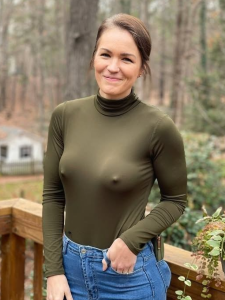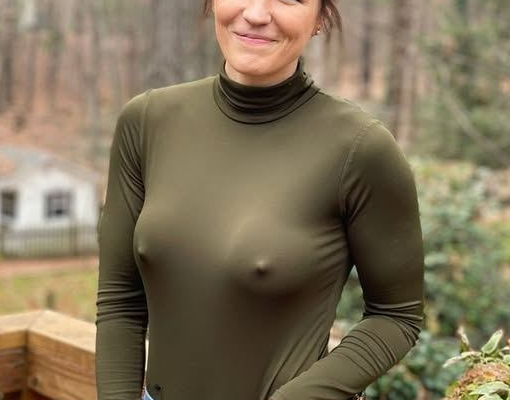Don’t Look If You Can’t Handle It: A Story in 25 Frames
There’s a room in the back of the old community center. It’s quiet, dimly lit, and rarely visited. On the door, a handwritten sign reads: Don’t look if you can’t handle it. Most people pass by. Some pause. Fewer still enter.
Inside, the walls are lined with 25 photographs. Not curated for beauty or spectacle, but for truth. Each frame holds a moment that asks not to be admired, but to be felt. They are not easy. They are not gentle. But they are real.
Frame 1: A pair of shoes left at the edge of a bridge. No person in sight. Just the silence of what came after.
Frame 2: A hospital room where a father holds his newborn daughter while his wife sleeps, unaware that her heart stopped minutes later.
Frame 3: A protester shielding a child from tear gas. The child clutches a stuffed animal. The air is thick with smoke and conviction.
Frame 4: A woman placing a photo of her missing son on a wall filled with hundreds of others. Her hand trembles, but her eyes do not.
Frame 5: A man sitting beside his dog’s grave. He reads aloud from a book they used to share. The grass is still fresh.
Frame 6: A child watching their parents argue through a cracked door. The light falls on their face like a question.
Frame 7: A nurse removing her gloves after a 36-hour shift. Her eyes are red. Her hands are raw. Her posture is prayer.
Frame 8: A refugee family arriving at a border checkpoint. The mother holds her baby. The father holds a photo of their home, now rubble.
Frame 9: A teenager standing in front of a mirror, tracing the scars on their arm. Behind them, a note taped to the wall reads: You’re still here.
Frame 10: A man hugging his brother at a funeral. Their embrace is fierce, desperate. The casket is closed.
Frame 11: A woman cleaning out her childhood home after her mother’s passing. She finds a letter addressed to her, never sent.
Frame 12: A boy giving his lunch to a classmate. The classmate hesitates. The boy smiles, as if to say, It’s okay. I saw you.
Frame 13: A soldier returning home to find his daughter asleep on the couch, clutching a photo of him in uniform.
Frame 14: A couple holding hands across a courtroom bench. One is being sentenced. The other is not letting go.
Frame 15: A teacher writing “You are enough” on every student’s desk before they arrive. The chalk dust clings like hope.
Frame 16: A woman dancing alone in her living room, wearing her wedding dress. Her partner passed five years ago. She dances every anniversary.
Frame 17: A man reading to his wife in a care home. She no longer remembers him. He reads anyway.
Frame 18: A child drawing a rainbow on a sidewalk outside a hospital. The colors are bright. The sky is gray.
Frame 19: A janitor picking up confetti after a graduation ceremony. He hums a tune from his youth. No one notices.
Frame 20: A girl placing flowers at the grave of a stranger. She read about him once. She didn’t want him to be forgotten.
Frame 21: A mother watching her son walk across a stage. She holds a photo of her own diploma—never received.
Frame 22: A man returning a library book 40 years late. The librarian forgives the fine. They talk for an hour.
Frame 23: A woman shaving her head beside her daughter. They laugh. The clippers hum like a hymn.
Frame 24: A boy standing in front of a burned-down home. He holds a teddy bear. The bear is missing an ear.
Frame 25: A mirror selfie of an elderly woman. Her caption: Still here. Still me.
Each image is a story. Each story is a wound, a ritual, a gesture of quiet resistance. They are not meant to shock. They are meant to witness.
The room was curated by a woman named Lena, a retired social worker who spent decades collecting moments that others tried to forget. She believed that healing begins with seeing. That silence, while sacred, must sometimes be broken by truth.
She never advertised the room. She simply opened the door and let the sign speak for itself. Don’t look if you can’t handle it. It was not a warning. It was an invitation.
People came. Slowly. Quietly. Some stayed for minutes. Others returned again and again. They brought their own griefs, their own memories. They left notes, flowers, drawings. The room became a living archive—not of pain, but of presence.
And Lena, who once feared the world would forget these stories, found comfort in the ritual of remembrance. She didn’t curate suffering. She honored it. She let the images speak—not for spectacle, but for connection.
Because sometimes, the things we think we can’t handle are the very things that make us human.


